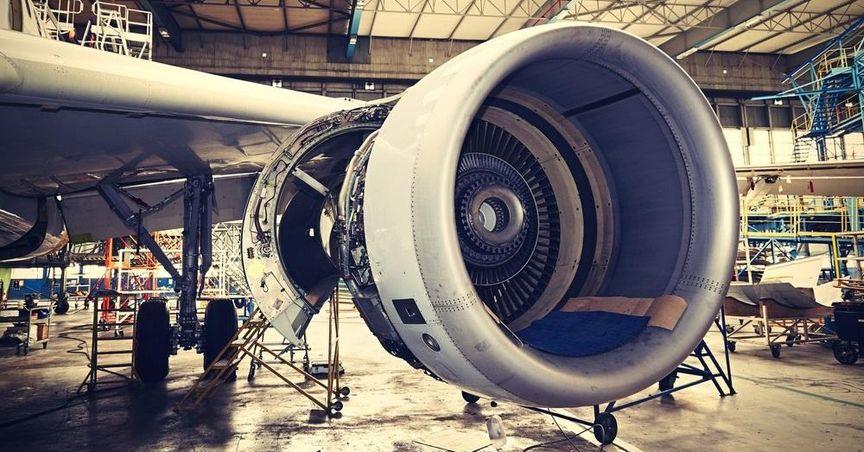Highlights:
- General Electric operates as GE Aerospace, specializing in aircraft engines and aviation systems.
- The company provides aftermarket services across multiple global markets.
- Liquidity ratios indicate financial stability, while leverage remains a key factor.
General Electric (NYSE:GE), operating as GE Aerospace, focuses on designing and manufacturing aircraft engines and integrated aviation systems. The company provides products and services to both commercial and defense sectors, contributing to advancements in aviation technology. With a presence in multiple regions, including the United States, Europe, and Asia, it remains a key player in the aerospace industry.
Financial Metrics and Market Performance
General Electric maintains a substantial market capitalization, reflecting its position in the sector. Liquidity ratios indicate the company’s ability to cover short-term obligations, while the debt-to-equity ratio highlights its financing structure. The company’s stock has experienced fluctuations, with its moving averages providing insights into recent trends.
Operational Reach and Aftermarket Services
Beyond engine production, GE Aerospace extends its expertise to aftermarket services, ensuring continued support for its products. The company’s global operations span the Americas, the Middle East, and Africa, reinforcing its broad market reach. Its involvement in both commercial and defense aviation underscores its strategic importance in the industry.
Leverage and Capital Structure
The company’s debt-to-equity ratio reflects its approach to funding operations. A structured financial strategy supports its long-term objectives, balancing operational growth with financial management. Liquidity levels demonstrate coverage for obligations, while leverage remains a point of consideration in evaluating financial stability.





